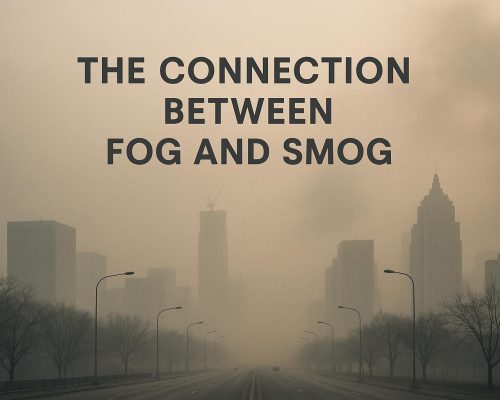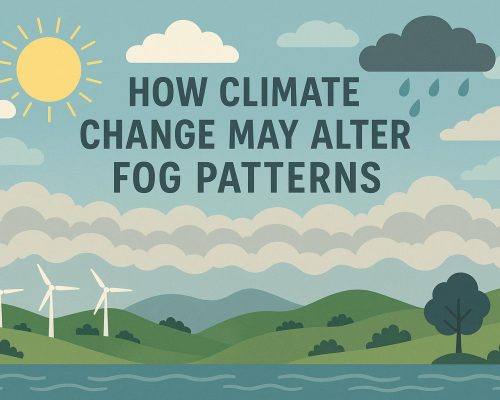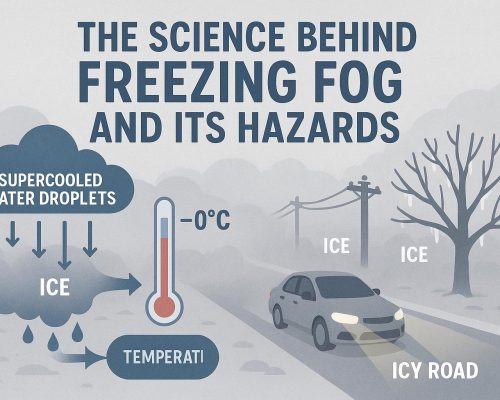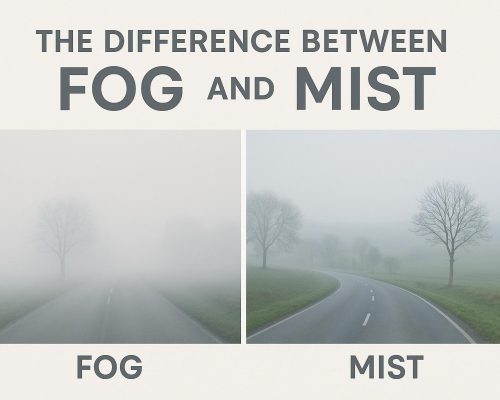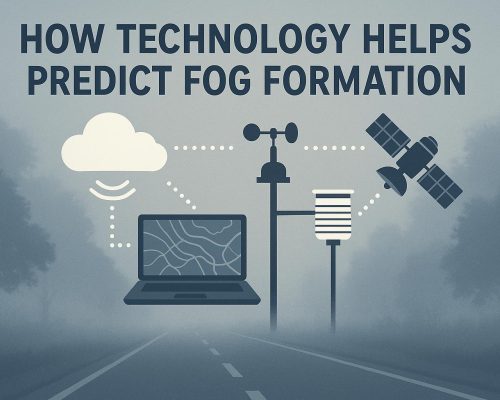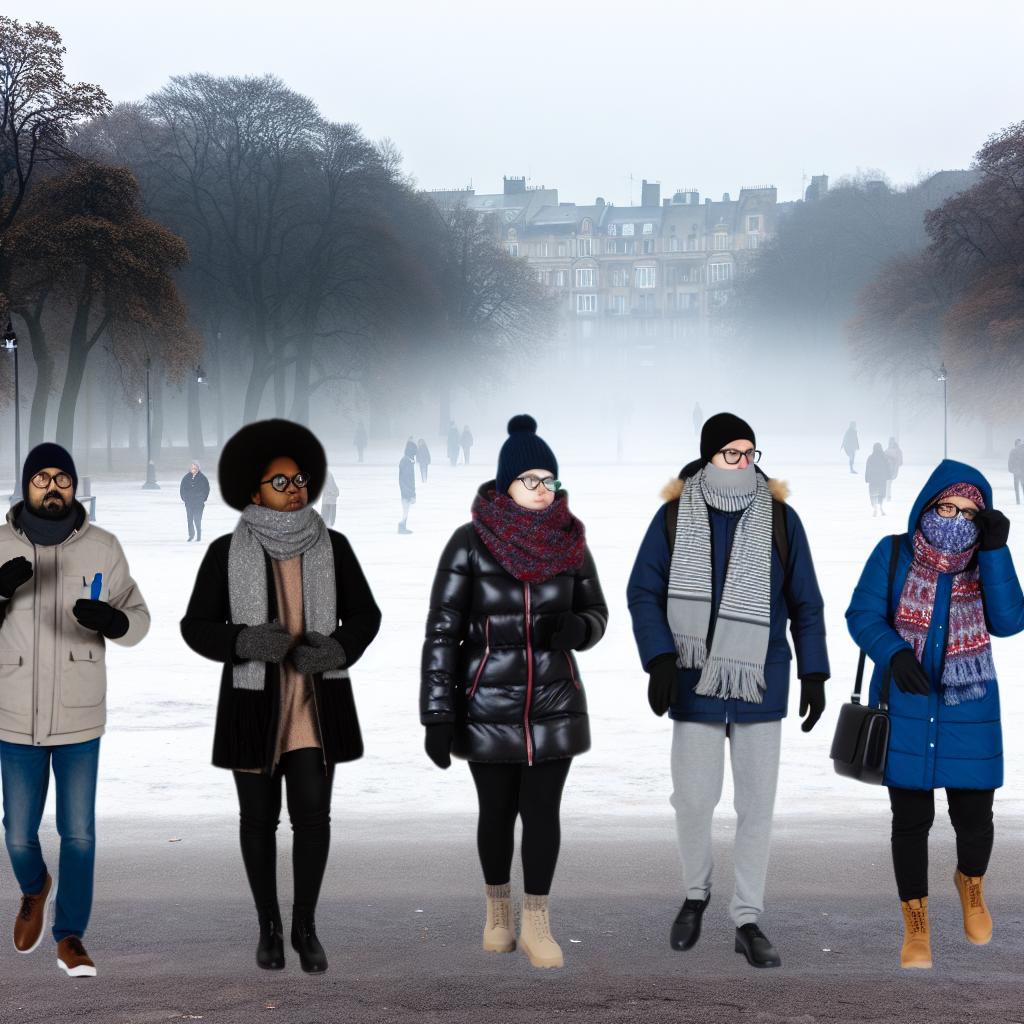
The Effect of Fog on Human Health
The Composition of Fog
Fog is essentially a cloud at ground level, consisting of tiny water droplets suspended in the air. This natural meteorological phenomenon occurs when the air is cooled to its dew point near the surface, leading to increased humidity and reduced visibility. While fog is often admired for its ethereal beauty, it has several implications for human health that are worth understanding.
The Impact of Fog on Respiratory Health
Respiratory issues are often cited as a primary health concern associated with fog. The microscopic water droplets in fog can carry pollutants and allergens, making them inhalable. This can exacerbate conditions such as asthma, bronchitis, and other respiratory illnesses. Individuals with pre-existing respiratory conditions are particularly at risk as their symptoms might worsen when exposed to fog-laden air.
Allergens and Pollutants
Fog can trap particulate matter, smog, and other pollutants close to the ground due to its ability to limit air movement. This phenomenon can result in heightened exposure to harmful pollutants, leading to irritation of the nasal passages, throat, and lungs. For more information on ways to protect yourself from air pollution, consider visiting informative health websites like the EPA’s Indoor Air Quality page.
The dynamic nature of fog means it can pick up new pollutants as it moves. Urban areas might experience more intense effects due to higher initial concentrations of pollutants. Those living in such areas may need to be especially vigilant.
Systematic monitoring and adopting of preventive measures, such as using air purifiers indoors, might play a crucial role in mitigating these risks. People wearing masks that filter fine particles, especially during peak foggy conditions, could significantly reduce inhalation of harmful substances.
Effect on Mental Health
The presence of fog can also correlate with mental health challenges. Reduced sunlight and limited visibility are often associated with seasonal affective disorder (SAD), a type of depression that follows a seasonal pattern. Foggy weather can contribute to feelings of isolation and lethargy as the gloomy atmosphere negatively impacts mood and energy levels.
Psychological Impacts
Apart from SAD, fog may also exacerbate conditions such as anxiety due to its claustrophobic effect—a sensation that the world has closed in on oneself. For some individuals, the very beauty of fog, combined with its ability to distort reality, can lead to feelings of discontent and unease. Building coping strategies, such as engaging in regular physical activity, may help to counteract feelings of downtroddenness.
Sleep Disruption
Fog, often accompanied by shifts in atmospheric pressure, might affect individuals with sensitivity to weather changes. Such people may experience sleep disruption due to headaches or increased joint pain during foggy conditions, contributing to overall fatigue and stress. Learning more about the importance of sleep hygiene can be useful for improving sleep quality in various conditions.
The link between fog and sleep disruption highlights the complexity of meteorological influences on human health. Those susceptible to these changes might benefit from “weatherproof” sleep environments—perhaps by using blackout curtains and sound machines to maintain a regular sleep schedule.
Fog’s Effects on Traffic Safety
While not directly a health issue, the impact of fog on traffic safety indirectly affects human health. Reduced visibility can lead to accidents, resulting in injuries and fatalities. Traffic congestion and delayed commutes during foggy conditions can also increase stress levels in individuals.
Precautionary Measures
Understanding the appropriate methods to navigate through fog safely is vital. Measures such as reducing speed, using fog lights, and maintaining a safe distance from other vehicles can help mitigate the risks. Consulting resources like the National Highway Traffic Safety Administration can provide driving tips and guidelines.
Additionally, utilizing technology such as GPS and real-time traffic updates can assist drivers in navigating through fog more safely. Further, city planners and policymakers might consider implementing advanced signage and alerts in fog-prone regions to warn drivers.
Innovations in vehicle technologies, like automatic braking systems and lane assist features, may continue to develop as a response to the challenges posed by fog. These features collectively improve the chances of preventing accidents, safeguarding transit during these conditions.
Conclusion
In summary, while fog is a natural occurrence, it does have specific health implications that are important to consider. From respiratory issues to its influence on mental health and safety concerns, fog can affect well-being in multiple ways. By being informed and taking preventive measures, individuals can reduce potential health risks associated with fog.
Recognizing the multifaceted impact of fog will be essential as urban environments expand and climate change influences weather patterns. As more research sheds light on these effects, comprehensive strategies combining public awareness and technological advances can be formulated for improved public health and safety regarding fog.

